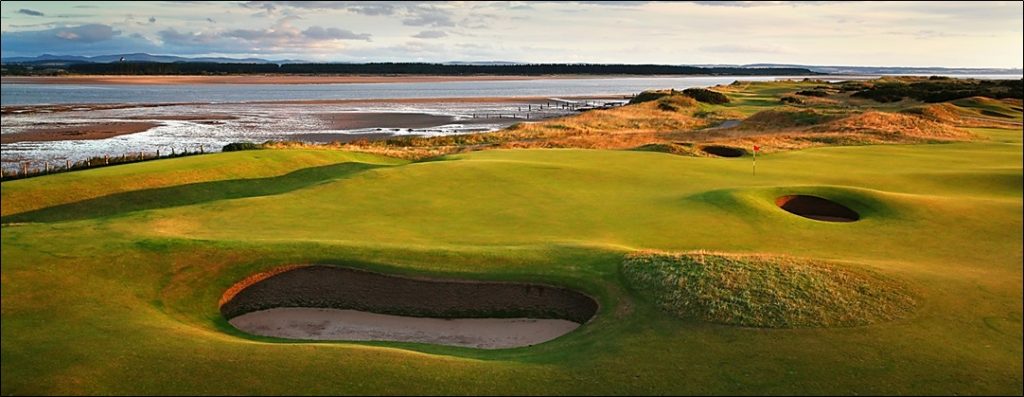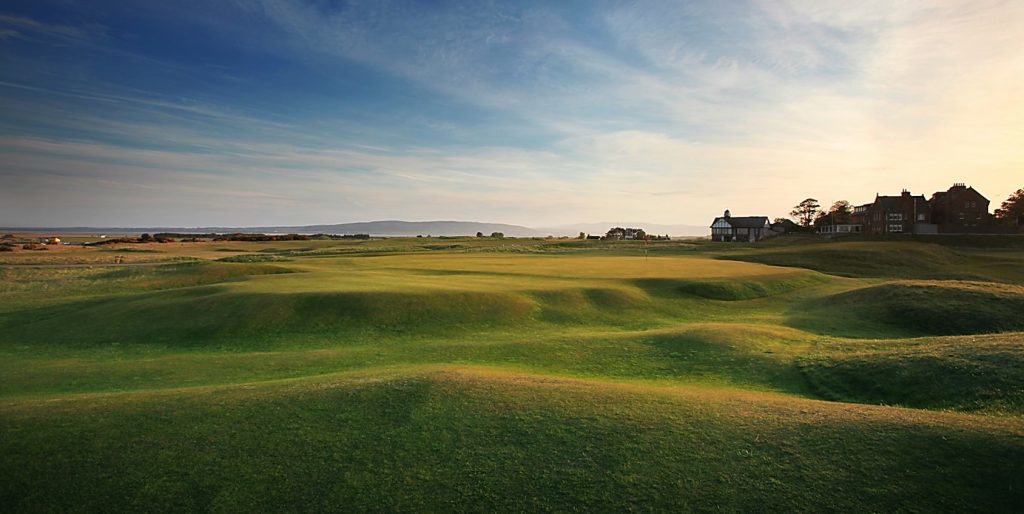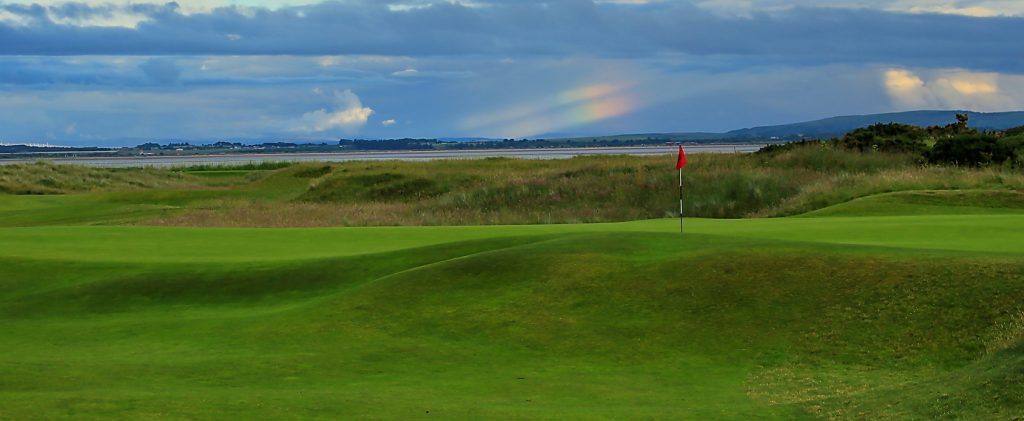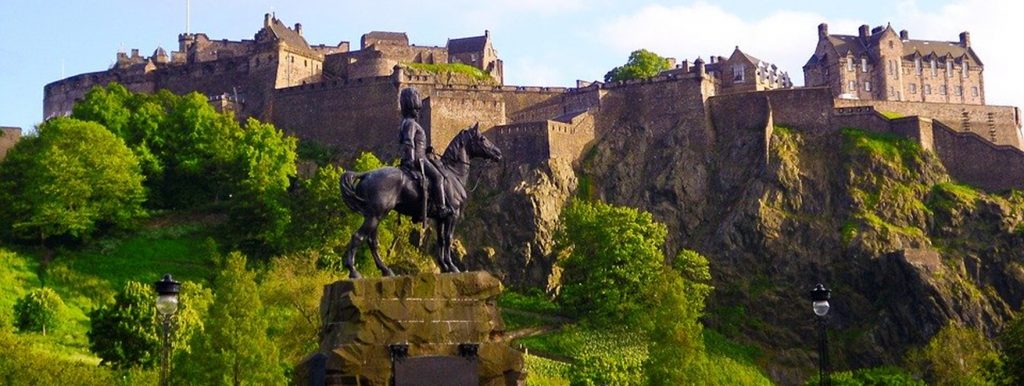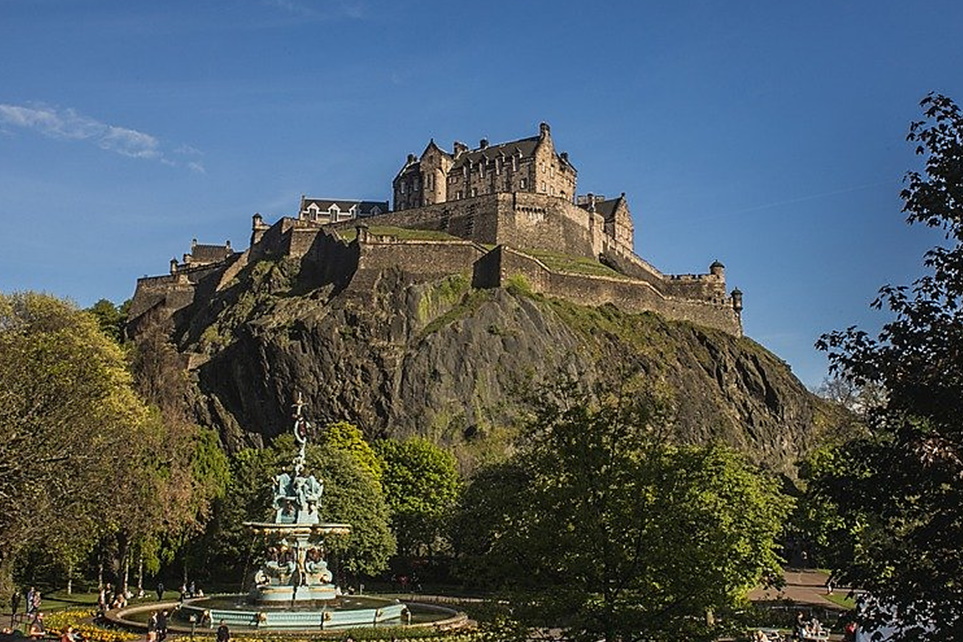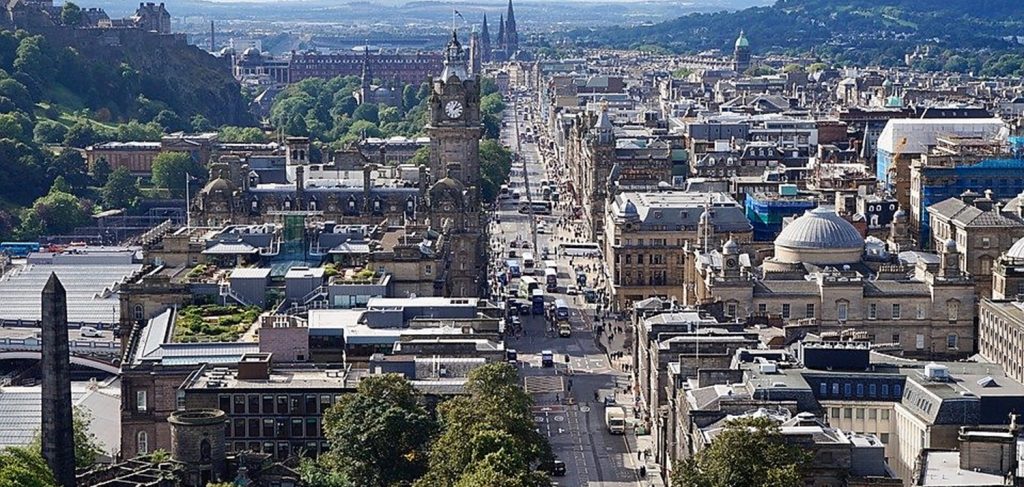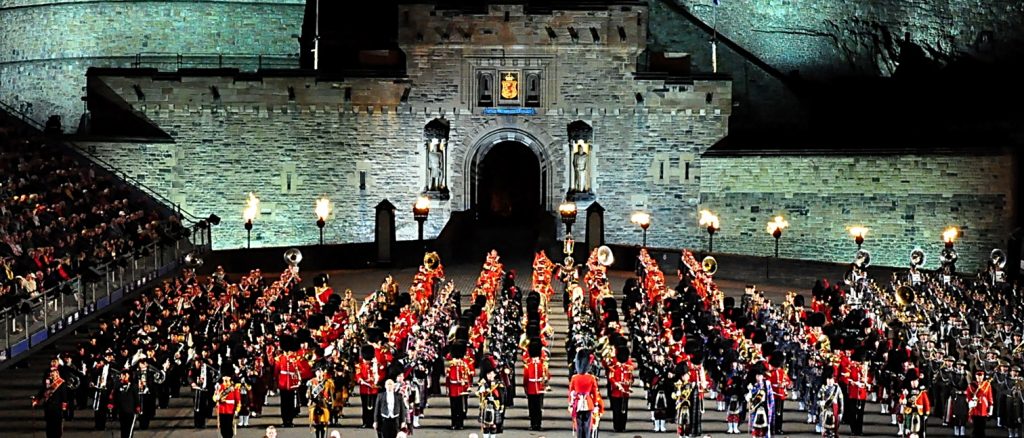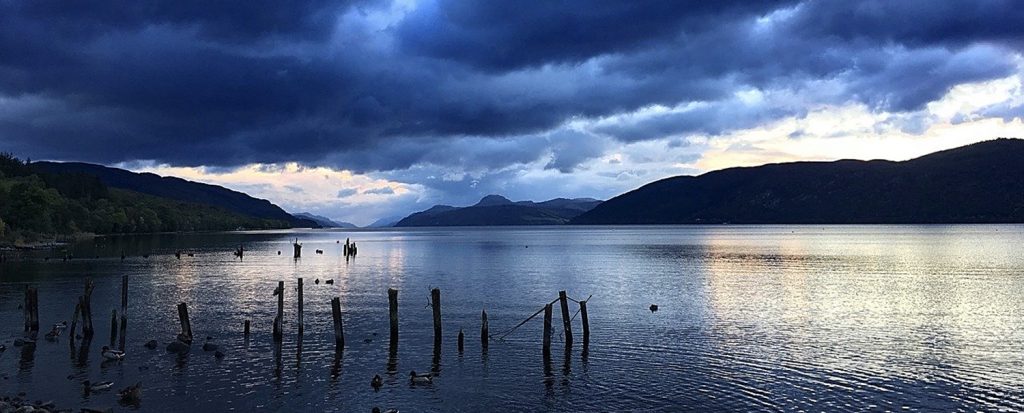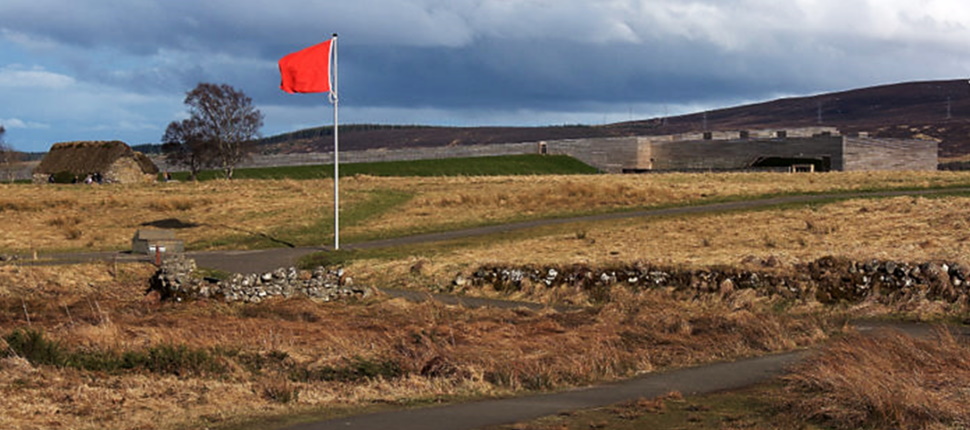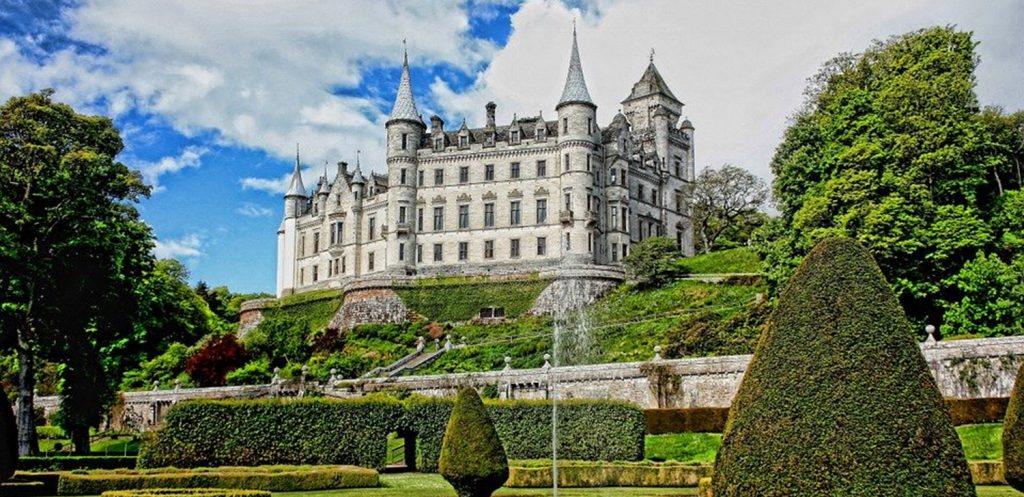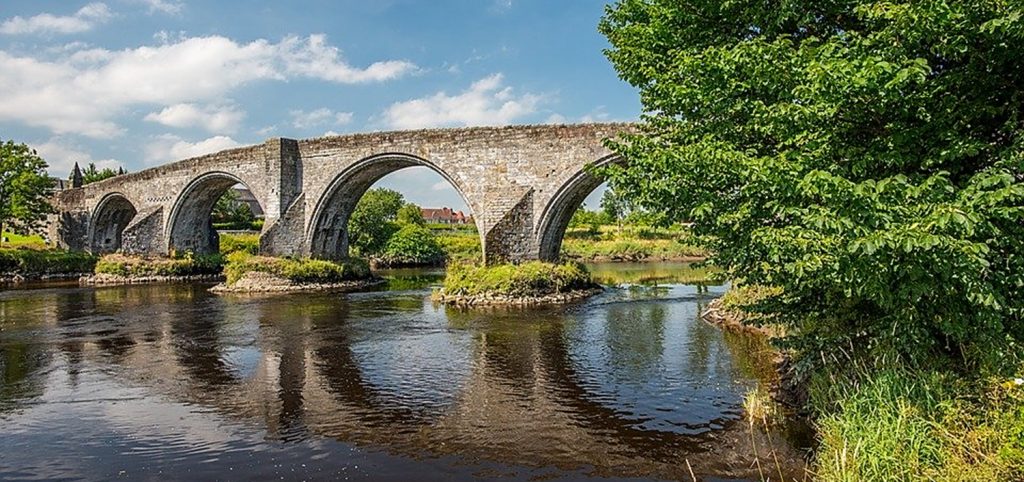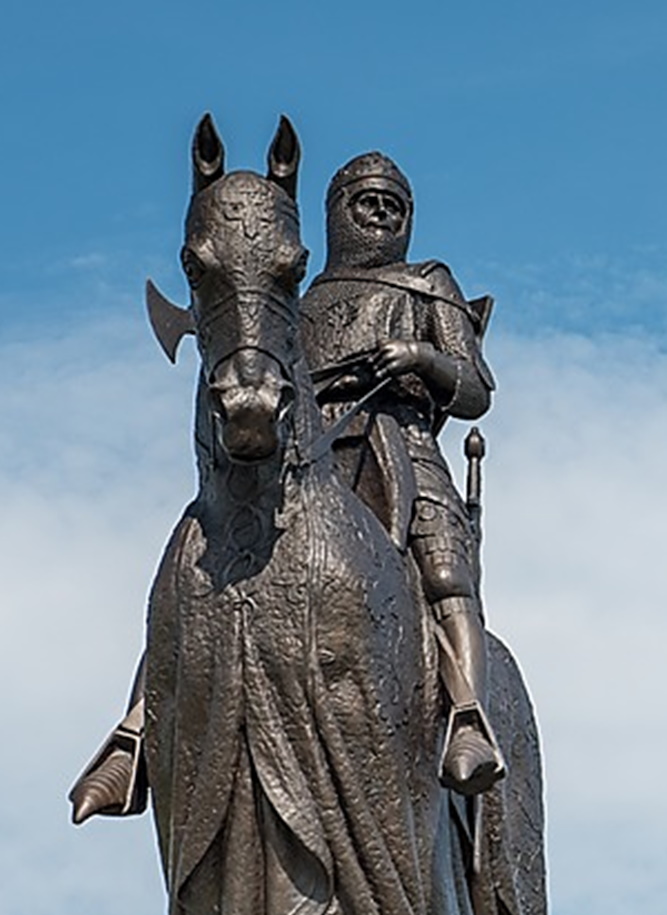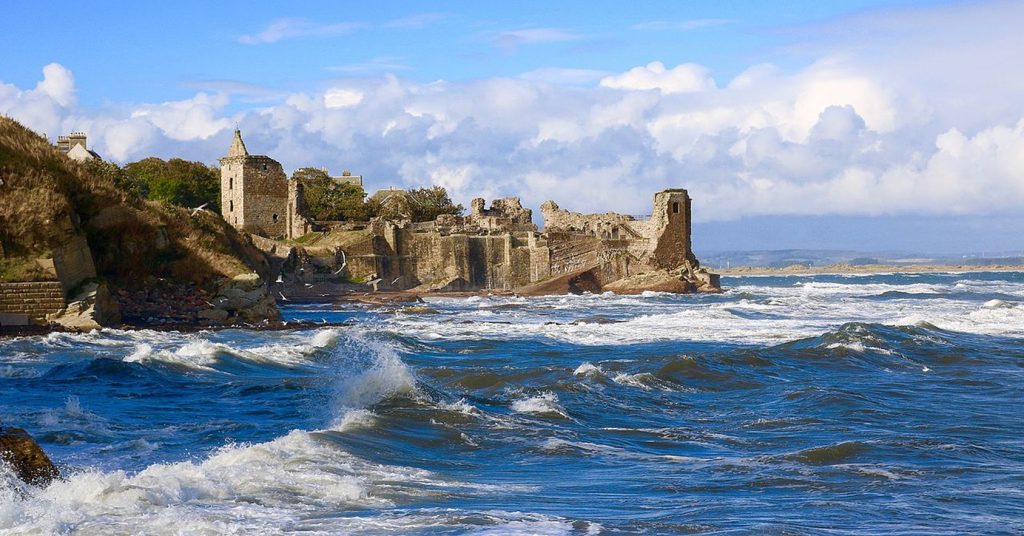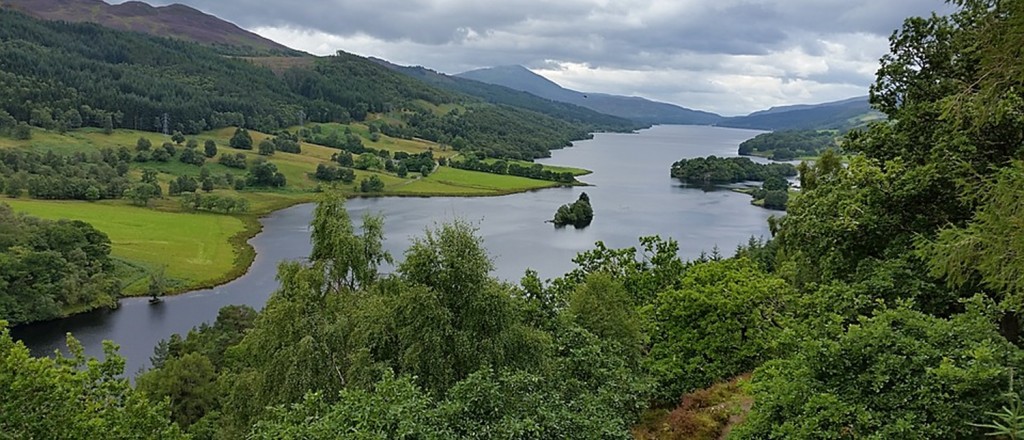
Asking the question of how much does a Scottish golf vacation cost? isn’t a bad place to begin any appraisal. You know the answer about a piece of string? Well it’s not dissimilar in truth. Although we’ve posed the question of how much does a Scottish golf vacation cost? we’re probably answering it a little bit more in the spirit of how much can a Scottish golf vacation cost? Faraway Fairways are more conscious than most perhaps that not everyone can adopt a ‘cost no object’ to their golf vacation planning. With this in mind, we have focused this article towards saving money and hopefully finding ways that delivers top-value Before we start exploring ways in which we can cut the price and costs of a Scottish golf vacation however, there is perhaps something we need to stress. The exercise needn’t always be about how cheap can I make it? If you stretch this question of how much does a Scottish golf vacation cost? to its enth degree for example, you can often achieve some remarkable savings by using extremely sub-optimal solutions, but you’ll suffer in the delivery for having done so. The question we need to try and keep to the forefront of our mind perhaps is more one of how far am I prepared to compromise quality in pursuit of price? In our own private travel it’s something we’ve occasionally done. It becomes very easy to sit at home and bask a little bit in the reflected glory of the savings you’ve made. This tends to wear off though once you arrive at a destination. The savings you made in the winter planning stages are easily forgotten as you’re having to mattle together some unwieldy options. It isn’t long before you find yourself saying “I wish I’d done” Context With people’s budgets potentially tightening in line with economic downturns, it’s perhaps natural that we begin to explore where we can make savings. It’s worth remembering that if your own domestic economy is in recession, then there is a strong likelihood that Scotland’s will be too (especially if you’re American). The cost of living in Scotland is lower than America. In recession sensitive areas like food and hotels, the chances are that the prices being asked for in Scotland are lower than if you’d stayed at home. Assuming that you eat and drink regardless of where you live! you needn’t be paying more for your essentials, and should be saving a bit The other significant context is the exchange rate. In 2016 sterling bought you $1.45. Today that is nearer to $1.25. On a £2,500 golf break, you’d be paying about $500 less on the exchange rate than you would have done only a couple of years ago Golf vacations tend to have three specific components. The golf, accommodation, and transport. Focusing on these three pillars pretty much frames the answer to how much does a Scottish golf vacation cost?There are of course other bits that circulate around this core which we’ll touch on too. The Golf Green fees tend to have the least amount of scope. A reasonably reliable escalator works where quality is reflected in the price although there are some notable exceptions. Places like Machriahnish, Cruden Bay and North Berwick for example, all hold world top-100 rankings and don’t have a reputation for being overly expensive. It’s also worth noting that the St Andrews Old Course should be considered comparatively affordable as well considering that they could easily double their green fees and still sell out. There are close to ten courses in Scotland that are typically asking for a higher fee than St Andrews. A lot of courses operate a shoulder season that typically runs from the start of April to the middle of the month, and from mid October to the end of the month. During this window you’ll normally be able to secure a green fee that is discounted by about 33%. Some courses such as Kingsbarns will extend their shoulder throughout April, whereas Royal Aberdeen and Turnberry can over run theirs into early May Once we hit the peak season however, the scope for ‘nicking’ a bargain on the green fee diminishes. It’s worth being aware however that some courses (notably those of the Highlands like Royal Dornoch and Brora) run twilight tee-times which can be about 33% cheaper. We wouldn’t be deterred by playing at this time of day. It’s often sublime. The only real downside is that you’re likely going to need to stay the night in the area so it needn’t be the easiest arrangement to finish and move onto your next destination from. It can disrupt a flow of morning golf, afternoon travel, if playing a point-to-point touring itinerary You might encounter ‘play and stay’ deals. These are usually good value relative to purchasing the golf and the accommodation independently of each other. They needn’t always be ‘savings’ though. The discount we can achieve on the green fee is usually more than wiped out by the cost of needing to stay in a more expensive hotel, as it’s invariably the five stars that offer these deals. A net cheaper price can usually be achieved by paying the non-residents green fee and then booking a less expensive accommodation. The net saving for doing this however, isn’t normally that significant and at Faraway Fairways, we can be persuaded that the value lies with the deal Another ‘trick’ of course is including a few ‘hidden gems’. These are normally considered high-quality courses with affordable green fees that tend to be overlooked in the proximity of more dominant names. Most regions have them. Candidates in the St Andrews area would include Lundin, Scotscraig, Elie and Leven. Carnoustie would see you perhaps turning to Montrose and Monifieth. The best options in Ayrshire probably lie off shore on the Isle of Arran. This involves using a ferry to get to Shiskine or Corrie. The Lothian courses east of Edinburgh would include Kilspindie, Dunbar and possibly Eyemouth which is a little bit further south on the English border. Aberdeenshire needn’t have so many obvious candidates. Murcar is a possibility but value seekers are likely to be more persuaded by Fraserburgh or Newburgh on Ythan. Finally the Highlands would see Boat of Garten, Tain, Golspie and Brora amongst its nominees If you can weave a couple of gems into your programme without seriously compromising quality you’ll be saving in the region of 10% on the overall price Accommodation Accommodation is the area with the greatest scope and there are two things worth exploring. Faraway Fairways offers a portfolio of what we call ‘affordable’ hotels. They’re more popularly referred to as ‘budget hotels’ of course, and this needn’t be an unfair description. It really depends what you want from your accommodation? These hotels are clean, modern, friendly and safe. They tend to have particularly comfortable beds, a feature of the chain in question. They’re often popular with families and business travellers. If this represents the nuts and bolts of all you really require, then they’re fine. What they lack a bit is luxury décor (you get a chair and a work desk etc) but you don’t sumptuous furnishings. They’re typically about the half the price of a higher-end 4 star hotel. The second angle is self-catering. Some of these options can be extremely good value. In a lot of cases the only downside is the loss of time spent in food preparation and the distraction this causes in your personal planning (shopping in any other language). Faraway Fairways would be of the view however that this can be quite easily ameliorated The chances are that your evening meal is going to be taken ‘eating out’ anyway. A self-catering option isn’t impacted by this decision. What we’re really talking about then is breakfast. A vast majority of golf clubs do a good breakfast at a fair price. If you don’t want to prepare your own, simply switch that which you would have paid in a hotel, and transfer it to the golf club. Both St Andrews and Edinburgh are likely to appear in most itineraries, and both are amongst the most expensive locations in Scotland. The old trick of staying in Carnoustie to save money on St Andrews is quite well established, and you will typically achieve something in the region of 50% like with like. Carnoustie isn’t as charismatic as St Andrews however, and you will face something like a 50 minute commute whenever you wish to go to St Andrews. Staying on the periphery of St Andrews or self-catering in a surrounding town or rural location might be a compromise Edinburgh throws us a slightly different challenge as the road network can help direct our approach. Central Edinburgh is more expensive than outer Edinburgh, and you’ll likely pick up a hidden parking charge too in the centre. If we’re able to find somewhere that has links to the outer ring-road (access to Fife and St Andrews to the north and the Lothian’s to east) we can begin to pinch some time back. In addition, we can also use a budget hotel that is convenient for the tram (100 yards walk away). Trams cost about £3, and take about 20 minutes to get from the west of the city to the centre. They run every 7-10 minutes. Let’s put it like this, if you want to visit central Edinburgh, or want to spend an evening out there without the responsibility of using a vehicle, then the tram solves this, and does so at a cost likely to be the region of three times cheaper than staying centrally. Your primary inconvenience is the 20-25 minute commute, and the lack of a charismatic district in which to stay, both of which can be traded off by a budget conscious traveller who is wrestling with the question of how much does a Scottish golf vacation cost? Transport It is nearly always cheaper to self drive. There are a couple of potential exceptions however. A particularly large group (20+) will probably need to look at a coaching arrangement, augmented with a series of local taxi journeys to fill in the gaps when your coach has completed its days work. This can also become rather messy when the St Andrews Old Course is part of a programme and played under the ballot as we only get the results for a draw 48 hours before play and can easily find successful applicants needing to go in one direction to St Andrews, whilst unsuccessful applicants keep on the main itinerary and go with the rest of the party in the other direction. The other exception might occur where you can set up a base location and stick to it. This means that there are enough courses surrounding you for you to walk to them, or near enough for you to use a local taxi. In other words, we’d make two ‘there and back’ transport hires at the start and end of a programme, and then use a series of in-situ arrangements in between. St Andrews can potentially support this kind of arrangement, as might Gleneagles if you were prepared to confine yourself to their three courses only. Carnoustie if its reinforced with Panmure and Monifieth might have some appeal too as a short break. Finally, if you based in Troon, it might be possible to weave Prestwick, Western Gailes, Glasgow Gailes and Dundonald into a local taxi arrangement as well On balance however, any savings you might be able to achieve by using local taxis are unlikely to be significant enough to justify the loss of flexibility and independence that a self-drive solution offers you. Faraway Fairways wouldn’t normally recommend that you do it, instead you might consider the vehicle type. Golfing parties normally generate more luggage than a normal visitor due to the fact that golf bags are large and awkward shapes. Golfers are frequently pushed into hiring out larger vehicles than their numbers would usually require. This means they’ll often have spare passenger seats. If you’re prepared to accept the clunky solution of laying golf bags out in the vehicle interior, then you can usually get by with a lower vehicle category Observing the mantra that net savings are the accumulation of small transactions, another small one can usually be made by dispensing with a meet and greet service at the airport on the vehicle handover, and not using an in vehicle sat-nav, relying instead perhaps on a phone app and an assigned navigator in your group Non Golf activity Many of Scotland’s premier golf courses are actually located in close proximity to genuine apex visitor attractions. Although Faraway Fairways encourage you to add some easy value to your experience by looking beyond the 18 holes, we can also accept that if cost is the principal driver in your decision making, then you could simply choose to omit them. So How Much then? The question you perhaps what an answer to is how much does a Scottish golf vacation cost?, give me a price Well the truth is, the time of year you visit, the date that you book, and the duration of your stay, all frame the price. That’s before we even think about courses played. In the spirit of trying to give you a clue we thought we’d model something that was priced up in September 2019 for play in and around the shoulder season of April 2020 The golf courses featured were, North Berwick, Gleneagles, Carnoustie, Scotscraig, Kingsbarns, Lundin and the St Andrews New Course. Please note that provision to play the St Andrews Old Course has been made in the draft itinerary, but the cost isn’t included since the plan involves using the ballot which means the green fee is paid by you to the Links Trust upon notification of a successful application (you’d need to add it). Assuming that the Old Course does become part of the portfolio however, you’d have four courses that are ranked in the world’s top-100, plus a recent Ryder Cup venue. The savings needn’t have been achieved by slashing back on the quality therefore We would expect to be able to offer a seven night stay on a fourball in early April for an approximate price of £1875 per person under these circumstances One thing that really is important however is the exchange rate. You can make no end of smart decisions in the assembly and have their benefits wiped out by a poor exchange rate. At the time of writing, (the autumn of 2019) Sterling is at levels that would be considered historically low, but it’s certainly worth keeping an eye on. Faraway Fairways can send out long dated invoices for you which gives you the flexibility to pay at any favourable moment should opportunity present. Here’s a link that monitors sterling CLICK FOR STERLING UPDATES AGAINST ALL MAJOR CURRENCIES
Error: Contact form not found.








